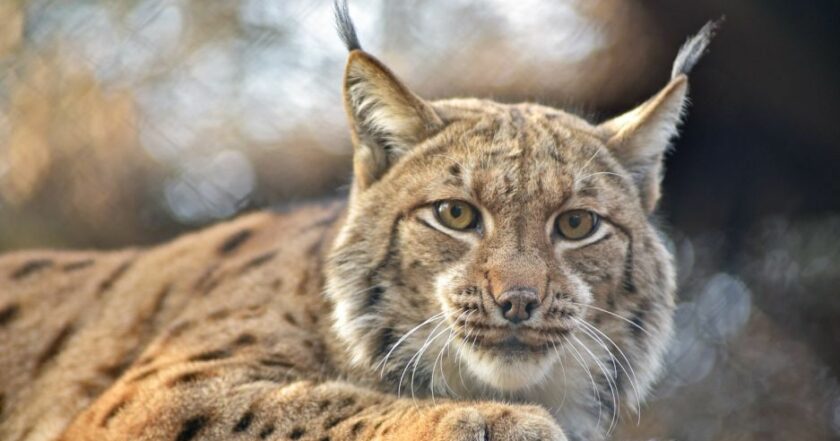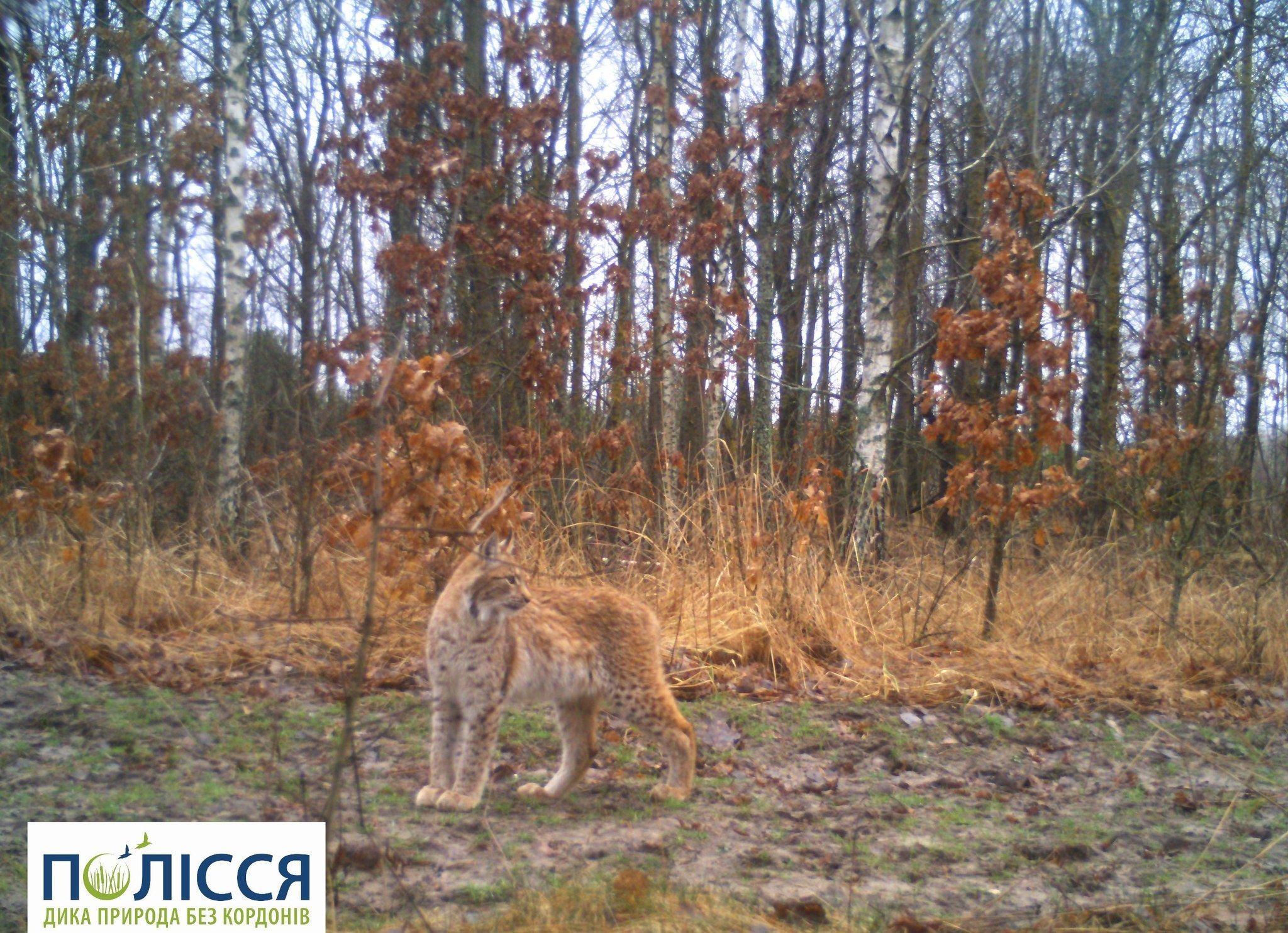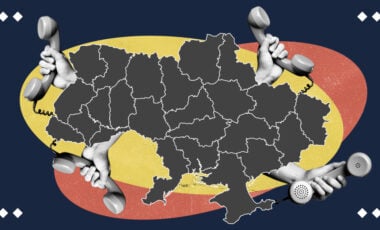Eurasian lynx spotted in Chornobyl Reserve, reappearing in Ukrainian Polissia after century-long absence

Photo: KyivZoo
In the Kyiv region, on the territory of the Chornobyl reserve, camera traps recorded the presence of the Eurasian lynx. This rare species disappeared in the last century from the part of Ukrainian Polissia.
The Chornobyl Radiation-Ecological Biosphere Reserve reports this.
"Over the past century, this species has vanished entirely from the Ukrainian Polissia region. Only a few individuals have been spotted in breeding habitats in Belarus. We proudly share new photos of this furry predator with tassels, whose population remains stable in a protected area," the message reads.
Currently, the Eurasian lynx population is relatively stable in the protected area.

Photo: Chornobyl Radiation-Ecological Biosphere Reserve
For reference:
Common lynx, or Eurasian lynx, is a mammal from the genus Lynx, which belongs to several carnivores (Carnivora) of the cat family (Felidae).
The body length of males in an adult state reaches from 76 to 110 cm, and females are 3–6 cm shorter. The tail is 10–31 cm, the height at the shoulders is 60–65 cm. The weight of adult animals is most often equal to 16–20 kilograms, sometimes up to 32 kg. The lynx has brown eyes, ear tufts, a short tail, large sharp claws, and strong hind legs. All paws are covered with thick fur in winter. No other cat family member is as adapted to snow as the lynx.
In Ukraine, the lynx is quite rare: in the Carpathians and Polissia, including in the exclusion zone of the Chornobyl nuclear power plant. The Eurasian lynx is a significant species for the ecosystems of the remote forests of Polissia and the Carpathian Mountains.
In prehistoric times, the lynx was widespread in almost the entire forest zone of the northern hemisphere and everywhere, its history is dramatic. For centuries, people brutally persecuted the animal. Once upon a time, bonuses were paid for the destruction of lynx. In addition, kings and princes loved to hunt it— lynx meat was considered a delicacy. Too late, people realized that the lynx deserved attention and care, and it had already been wholly exterminated in the territory of most of Europe.
It should be noted that an extinct species of wild animals, which had not been seen there for more than 100 years, returned to the Chornobyl zone. Researcher Serhii Haschak said you could meet a brown bear again in the forest near Chornobyl.
Also, in the Chornobyl zone, a bird from the Mediterranean region, unsuitable for living in Ukraine, was spotted. We are talking about rock martin, a new bird species for the reserve.
"The Chornobyl Nature Reserve is replenished. A new bird species was recorded – the rock martin – Larus michahellis. A transmitter in Poland spotted it in the spring of 2021. The martin flew over the Reserve on May 6, 2023, along the left bank of the Prypiat River to the northwest," the message reads.
In addition, it was reported that baits for predatory animals are scattered in the Chornobyl reserve, which prevents rabies.
As Rubryka reported, on February 24, Russia launched a full-scale invasion of the territory of Ukraine.
On the same day, the Chornobyl nuclear power plant was captured by the Russian invaders.
The Russian military controlled the Chornobyl Nuclear Power Plant and surrounding facilities within the Exclusion Zone for the entire duration. Before their departure, the occupying forces created a document claiming the station was "protected" and that the administration held no grievances against the Russian troops.
On March 31, Rubryka wrote that the Russian occupation forces had left the territory of the Chornobyl nuclear power plant in the Kyiv region.


















































